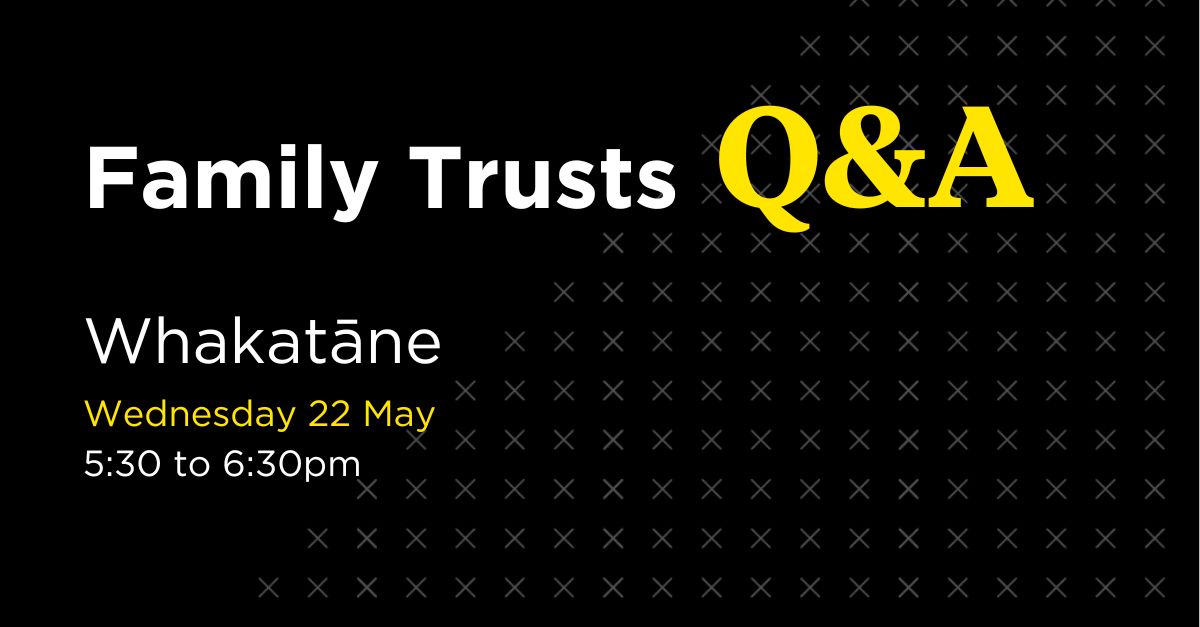Family violence is incredibly common throughout the world, but Aotearoa New Zealand has a particular problem with high levels of family violence occurring. With the stress that the COVID-19 pandemic has added, it has been reported that family violence levels are at an all time high.
One way of seeking protection from family violence is to obtain a protection order from the Family Court. Such an order protects both the person who applies for it and their children currently under 18 who regularly live with them. The person who the protection order is applied for against is called the respondent.
While a protection order is “just a piece of paper” in the sense that it relies on the respondent complying with its terms and cannot on its own keep you safe, it means that the police treat any further violence more seriously. It also means that you do not need to wait until you are threatened or harmed to contact police – you can do this as soon as the respondent comes near you or contacts you, as that in itself is a breach of a protection order.
In order to be granted a protection order against someone, three elements must be met:
- There must be family violence in the relationship, either past or present;
- There must be a family relationship between you and the respondent; and
- The making of a protection order must be necessary to protect you or your children.
Family violence and family relationships
Family violence is physical, sexual or psychological abuse inflicted against someone by another person who is or has been in a family relationship with them. Violence may also be dowry related. A single act may amount to abuse, as may a number of acts which form a pattern of behaviour, even if those acts may appear to be minor or trivial in isolation.
Whilst physical and sexual abuse may be more easily identified, psychological abuse includes:
- Intimidation or harassment including:
- Watching, loitering near, or preventing access to or from a person’s place of residence, business, employment, or educational institution, or any other place that a person visits often.
- Following someone about, or stopping or accosting a person in any place.
- Entering or remaining on land or in a building that a person is present in circumstances that constitute trespass.
- Damage to property;
- Ill treatment of household pets or other loved animals;
- Financial or economic abuse, such as unreasonably denying or limiting access to money, preventing or restricting employment opportunities or access to education;
- Withdrawing the care or charge of, or access to any aid or device, medication or other support that affects, or is likely to affect someone’s quality of life due to their age, a disability, health condition or any other cause;
- In relation to a child, causing or allowing a child to see or hear the physical, sexual or psychological abuse of a person with whom the child has a family relationship, or putting or allowing the child to be put at real risk of seeing or hearing that abuse.
- Behaviour that does not involve actual or threatened physical or sexual abuse; and
- Threats of physical or sexual abuse, or of abuse described above.
A family relationship includes those who are married, those who have a civil union, family members, those who share a household (but are not only flat mates) and those that have a close personal relationship (not employee/employer).
How a protection order works
A protection order can be applied for without notice if the circumstances are serious enough. In such urgent circumstances, an order can be made within 24 hours without the respondent being notified until the order is made. In less urgent circumstances, protection orders can be applied for on notice, which means the respondent will have the opportunity to respond first before the Court makes any decision. In your application you will need to detail the history of the abuse as thoroughly as possible, including approximate dates and times. Your lawyer will help you with this.
If you are applying “without notice,” you will also need to show that any delay would or might cause undue hardship or a risk of harm to you or your children. If the Judge is not satisfied that the delay would cause you or your children harm, then they can order that the application proceed “on notice,” or specify a shorter time frame for the respondent to file a response.
If you apply on notice, a Judge can’t make the order until the respondent has been served and given the opportunity to be heard on the matter.
On a “without notice” application, if the Judge is satisfied that the application should be granted, an interim protection order is made. If the interim protection order isn’t challenged by the respondent, it will automatically become final after three months.
Once an interim protection order is made, if the respondent breaches the order, you can report this to Police. The respondent may be arrested and charged with the breach. Breaching a protection order is a criminal offence and carries a maximum sentence of three years’ imprisonment.
If a protection order is granted, the respondent is usually also ordered to attend a non-violence programme. The purpose of this is to assist respondents in changing their behaviour to stop using family violence as they learn new skills to manage their emotions. As a protected person, you and your children (if any) have the option of attending a safety programme as well. These programmes are all free to you, being funded by the Ministry of Justice.
You can get a protection order even if you still want to remain living or in contact with the person that you get the protection order against. If you don’t want the person to be able to come near you, or contact you in anyway unless specific arrangements are made, you can get a no contact condition as a part of the order.
When you apply for a protection order, you may also get an order which means that you and your children can stay in the family home, whether it is owned or rented by you, and the offending person needs to move out straight away. This is called an occupation order. In addition, the Court can make orders allowing you to have possession of furniture and household appliances.
When there is no family relationship
When there is no family relationship between the people involved in the abusive behaviour, you will not be able to get a protection order. In these circumstances, you would generally need to seek a restraining order in the District Court under the Harassment Act 1997.
Conclusion
If you are being abused, remember that it is not your fault, it is not acceptable, and it is not okay. You have the right to be safe and to live a life free from family violence.
The specialist Family Team at Holland Beckett Law are well versed in filing applications for protection orders. If you need help to obtain such an order, do not hesitate to reach out to us.
If you are in danger now:
- Phone the Police on 111 or ask neighbours or friends to ring for you.
- Run outside and head for where there are other people.
- Scream for help so that your neighbours can hear you.
- Take the children with you.
- Do not stop to get anything else.
Where to go for help or more information:
- Shine: Free national helpline available 24/7 – 0508 744 633 www.2shine.org.nz
- Women’s Refuge: Free national crisis line operates 24/7 – 0800 refuge or 0800 733 843 www.womensrefuge.org.nz
- Shakti: Providing specialist cultural services for African, Asian and Middle Eastern women and their children. Crisis line 24/7 0800 742 584
- It’s Not Ok: Information line 0800 456 450 www.areyouok.org.nz
- Hey Bro Helpline: supporting men to be free from violence 0800 HeyBro (439 276)
- Elder Abuse Helpline: 0800 32 668 65 – 24 hours, text: 5032, email: support@elderabuse.nz
- Youthline: 0800 376 633, free text: 234, email: talk@youthline.co.nz



